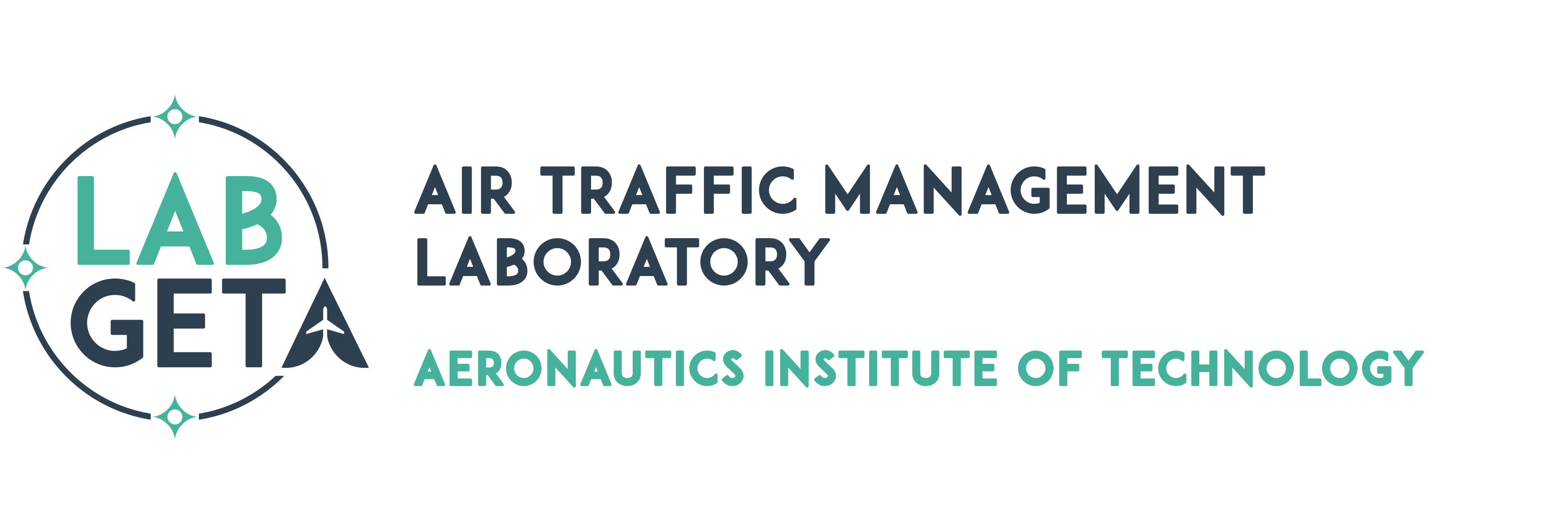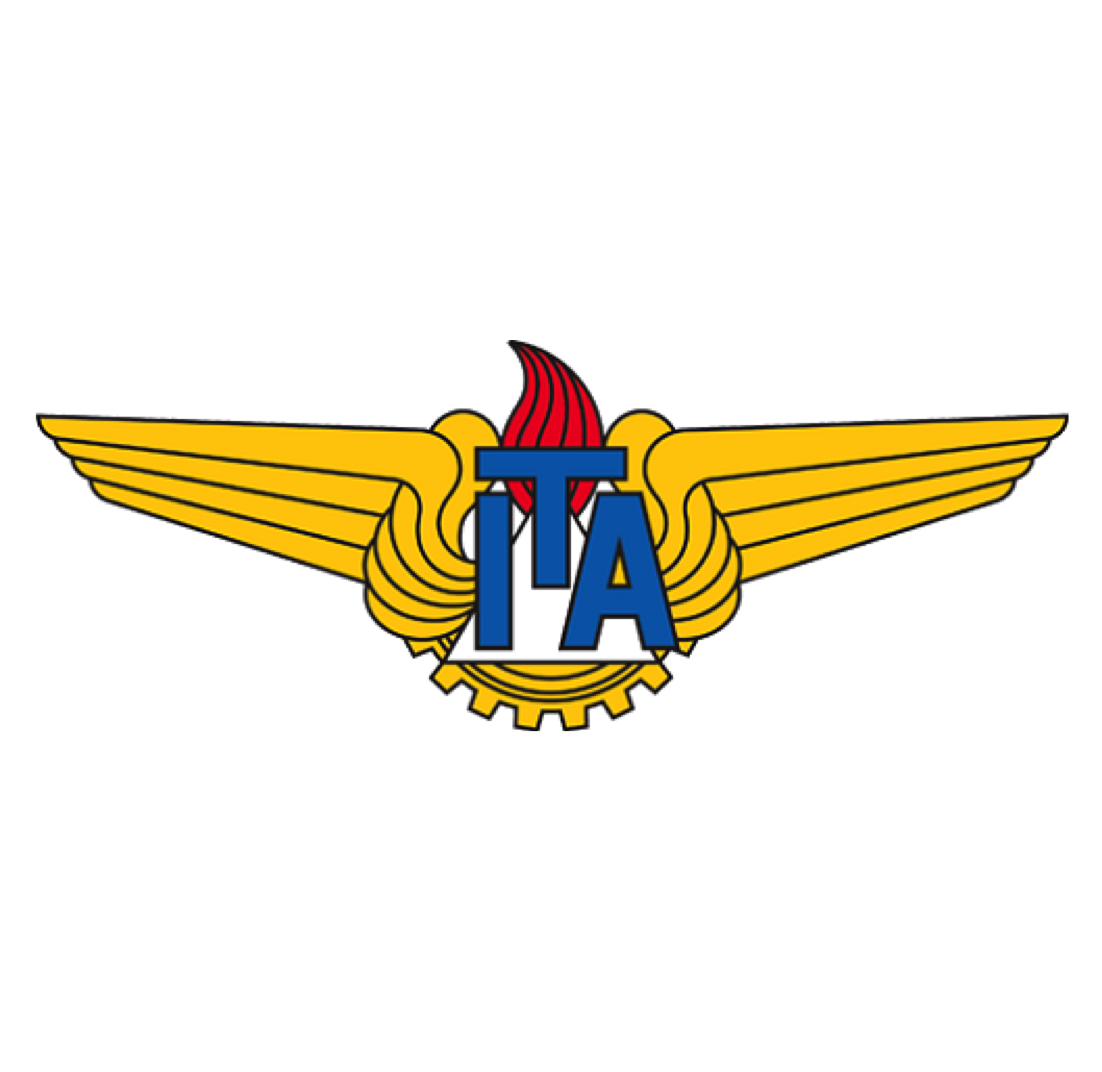



Our research spans five major areas:
The air traffic management system performance is characterized by several dimensions, such as capacity, efficiency, predictability, complexity and punctuality. The increasing availability and accessibility of operational data and the advances in data science have created new opportunities for system improvement through better evaluation and understanding of its performance.
Some of our recent studies have focused on the application of statistical and machine learning methods for characterization and prediction of air traffic management operational performance at its various dimensions. Example topics include flight trajectory data analysis, airport and airspace capacity estimation, prediction of air traffic delays and air traffic control complexity analysis.

As one of the cornerstones of the air traffic management system, air traffic flow management has the goal of adjusting the traffic flows in order to mitigate the impacts of demand-capacity imbalances. The planning and execution of air traffic flow management during daily operations span several complex decision-making processes by human agents, under uncertainty, at various spatial and temporal scales.
We have developed a wide range of studies focused on the design and evaluation of optimization models and decision support tools for air traffic flow management. Topics include strategic traffic flow management, airport congestion control, terminal area sequencing and scheduling, robust decision-making under uncertainty, collaborative decision-making, efficiency-fairness trade-offs in airport and airspace resource allocation.

Weather plays a key role in air traffic operations and performance. It impacts flight planning, aircraft performance, system configuration (for example, runway configuration) and, ultimately, system capacity. Flight delays, cancellations and diversions are often caused by adverse weather conditions, such as low visibility and convective weather, that reduce throughput performance at airport and airspace resources. Yet, the dynamic and stochastic weather behavior, along with its complex interrelations with multiple other operational factors, makes it difficult for air traffic managers to anticipate weather impacts precisely.
An important part of our research aims at supporting the quantification and prediction of weather impacts on the traffic flow behavior and operational performance. Topics include the development of prediction models to translate weather forecasts into configuration/capacity forecasts using machine learning and integration of such weather translation tools with decision-making.

The significant air traffic growth in the past decades along with the emergence of new vehicles and transportation concepts (for example, unmanned aerial vehicles and urban air mobility) have created the need for new air traffic management solutions. A number of modernization programs are currently underway around the world (for example, NextGen in the U.S., SESAR in Europe and SIRIUS in Brazil) in order to develop and deploy new technologies for communication, navigation and surveillance, such as Controller-Pilot Data Link Communications, Performance-Based Navigation, Automatic Dependent Surveillance-Broadcast, as well as new operational concepts, such as Trajectory-Based Operations, to enable the sustainable growth of the aviation industry.
Our work is also dedicated to the numerous research challenges associated with technological and operational innovations in air traffic management. For instance, we have experience with the development of airspace simulation models to evaluate the impact of new procedures on air traffic flow behavior and performance.

Air transportation currently accounts for a significant part of the emission of pollutants into the atmosphere. The air traffic growth foreseen for the coming decades is expected to intensify this contribution. The rise in aircraft movements, the use of new precision navigation technologies and the emergence of new vehicles have also accentuated concerns on aircraft noise.
An important part of our work is dedicated to the analysis of the environmental impacts of air transportation, with focus on aircraft noise and emissions. Example topics include the development of models and tools for quantification and communication of environmental impacts and the analysis of mitigation strategies.
